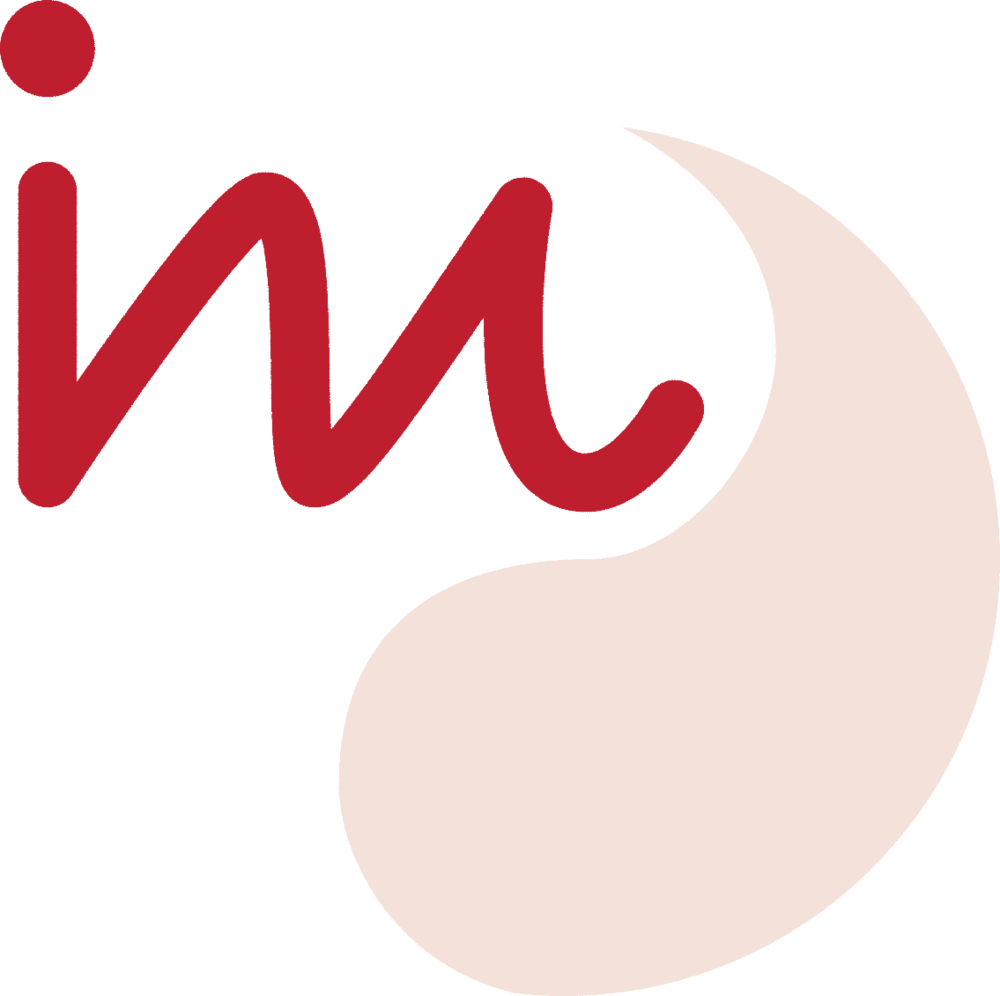The Best Yoga Exercises for Runners
This blog has been published on datasport in different languages, illustrated with yoga pictures.
To see the whole article in en, fr, de, it, click here: datasport.com
Yoga, the philosophical doctrine that comes from India, is an excellent training method for improving flexibility. Yoga encompasses mental and physical exercises and improves the interaction between the body, mind, and soul through controlled breathing and concentration.
5 ARGUMENTS IN FAVOUR OF YOGA
Improves the "range of motion": moving through the whole range of motion not only improves mobility, but your muscles become suppler.
Extends tense muscles: conscious breathing, addressing entire muscle chains, and concentrating on a part of your body helps to prevent injuries.
Relaxes through focused breathing: our muscle tension is closely connected to breathing. Yoga focuses on breathing and this creates holistic Relaxation.
Simultaneously builds strength: many yoga exercises are both flexibility and strength exercises at the same time.
Raises balance awareness and promotes symmetry: yoga helps to improve your coordinative abilities.
Dosage:
Do the exercises after a gentle warm up or at the end of your running training.
Hold each individual position for 5 to 10 breaths.
Remember that quality is much more important than quantity.
DOWNWARD FACING DOG
Technique:
Get down on all fours and push your hips upwards to create an inverted V, placing the same amount of weight on your feet and hands.
Make sure your back is straight, your fingers are splayed with the metacarpal joints on the mat, and that your feet are facing straight ahead. If you are not flexible enough to achieve a straight back, bend your knees and push your inner thighs backwards.
Goal:
Stretching the dorsal chain, strengthening the front of the thighs.
The most common mistakes:
A round back
An uneven weight distribution on the feet and hands
The finger metacarpal joints are not on the ground
LOW LUNGE
Technique:
Push your pelvis forward with activated abdominal muscles, so that you feel a pull along the front of the thigh and the hip flexor.
Make sure that the instep of your rear leg lies on the ground parallel to the mat, that your knee is over the ankle and at the same level, and the hips are facing straight ahead. To do this, pull the left hip forwards and push the right hip backwards.
Goal:
Stretching the front of the thighs, hip flexors, and opening the chest.
The most common mistakes:
The knees tilt inwards or outwards
The hips are askew
The abdominal muscles are not activated
EXTENDED TRIANGLE
Technique:
Straddle your legs, rotate your forward-tilting long upper body and stretch the upper arm vertically upwards while grasping the shin with the lower arm.
Make sure that your front foot is turned out and the ball of the foot is pressed into the ground, while the back foot is turned in with the pressure on the outer edge.
Pull the kneecap of the front leg upwards and press backwards with the adductor muscles of the rear leg.
Activate your abdomen and pull your navel towards your spine.
Goal:
Stretching the posterior thigh muscles, calves, hips, inguinal and chest muscles.
Strengthening the ankles and leg muscles.
The most common mistakes:
The rear leg is not activated
The upper body collapses
HALF FROG POSE
Technique:
Grasp your instep from the inside and pull your heel towards your buttocks. In the end position, lift the supporting arm and the other leg off the floor and stretch these two limbs.
Make sure the legs and buttocks are parallel and pull your navel towards your spine.
Use a belt to help you if you can’t grasp your instep.
Goal:
Stretching the front chain, especially the front of the thighs, hip flexors, and instep.
The most common mistakes:
The abdominal muscles are not properly activated
The thighs are not in a parallel position
RECLINING BUTTERFLY
Technique:
Put the weight of your entire thighs on a yoga block or thick books, which you have positioned at the height of your thighs.
Make sure that the soles of your feet touch and your arms are rotated outwards. Ensure your palms are facing the ceiling.
Goal:
Relaxing.
Opening the hips.
The most common mistakes:
Tension/cramping in the adductor muscles
Getting up abruptly. Important: before getting up, bring your knees together with your hands
